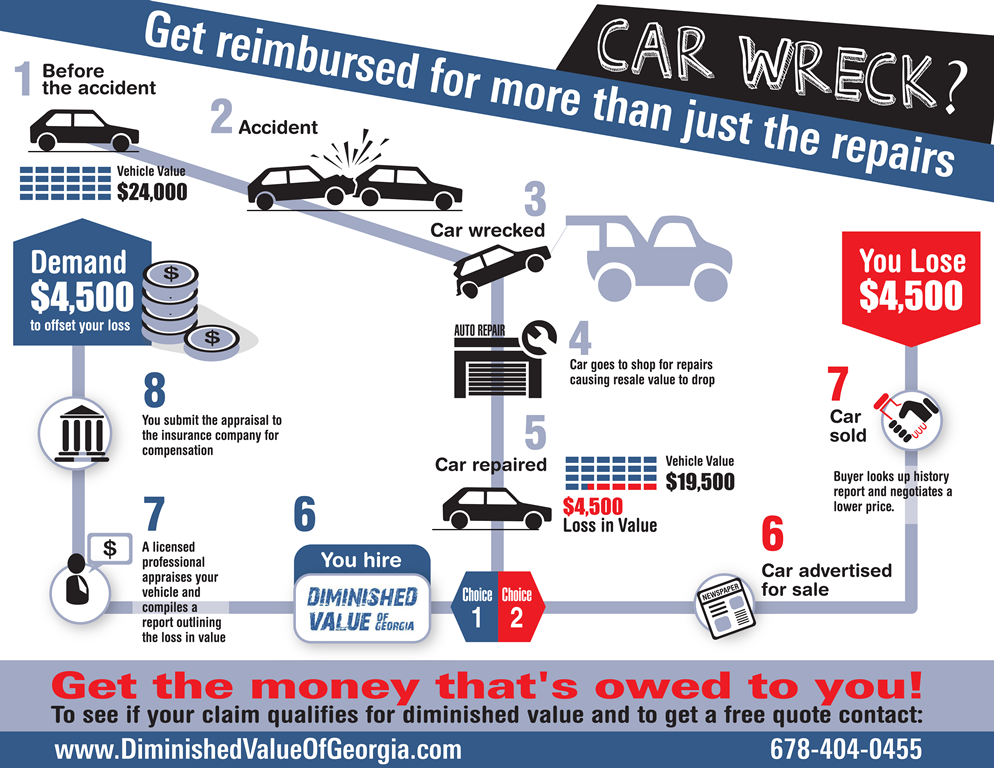Comprehending Your Vehicle'S Caution Lights: What Do They Actually Mean?
Comprehending Your Vehicle'S Caution Lights: What Do They Actually Mean?
Blog Article
Personnel Author-Higgins Forbes
When you lag the wheel, those glowing caution lights on your control panel can be a bit complicated. Do you recognize what they're attempting to inform you concerning your cars and truck's wellness? Understanding the relevance of these lights is important for your safety and security and the durability of your lorry. So, the next time one of those lights appears, would not you want to decipher its message accurately and take the required steps to address it?
Common Warning Lighting and Interpretations
Recognize usual caution lights in your cars and truck and recognize their meanings to guarantee safe driving.
The most regular caution lights consist of the check engine light, which signals issues with the engine or exhausts system. If this light begins, it's critical to have your car examined immediately.
The oil stress alerting light indicates reduced oil pressure, needing prompt attention to prevent engine damage.
autodetailingnewzealand flashing battery light may recommend a damaged billing system, possibly leaving you stranded if not dealt with.
The tire stress surveillance system (TPMS) light informs you to reduced tire pressure, impacting vehicle security and gas performance. Disregarding this could lead to harmful driving problems.
The abdominal muscle light shows an issue with the anti-lock braking system, jeopardizing your ability to stop promptly in emergency situations.
try this but not least, the coolant temperature level warning light warns of engine getting too hot, which can lead to extreme damage otherwise resolved promptly.
Understanding visit the following webpage will certainly help you address issues quickly and preserve risk-free driving problems.
Importance of Prompt Focus
Understanding the typical caution lights in your auto is just the very first step; the importance of promptly dealing with these cautions can't be highlighted sufficient to ensure your security when driving.
When a caution light brightens on your control panel, it's your car's method of communicating a prospective issue that needs attention. Overlooking these cautions can bring about much more extreme problems later on, jeopardizing your safety and security and possibly costing you more in repairs.
Trigger interest to cautioning lights can avoid breakdowns and mishaps. For instance, a blinking check engine light can suggest a misfire that, if left neglected, could create damage to the catalytic converter. Addressing this without delay can save you from an expensive fixing.
Likewise, a brake system warning light might indicate low brake fluid or worn brake pads, vital components for your safety when driving.
Do It Yourself Troubleshooting Tips
If you see a warning light on your control panel, there are a couple of DIY repairing suggestions you can attempt prior to seeking expert assistance.
The very first step is to consult your car's handbook to understand what the details caution light shows. Occasionally the concern can be as simple as a loose gas cap triggering the check engine light. Tightening the gas cap may solve the issue.
One more common problem is a low battery, which can trigger numerous warning lights. Examining the battery links for corrosion and ensuring they're secure could take care of the trouble.
If a warning light lingers, you can try resetting it by detaching the automobile's battery for a couple of mins and after that reconnecting it. Additionally, checking your automobile's fluid degrees, such as oil, coolant, and brake liquid, can help repair cautioning lights connected to these systems.
Conclusion
To conclude, recognizing your vehicle's caution lights is necessary for keeping your automobile running efficiently and safely. By without https://www.axios.com/local/austin/2022/07/05/insurance-rates-rising-fast-in-texas addressing these informs and knowing what they imply, you can stay clear of costly repair services and potential malfunctions.
Keep in mind to consult your car's handbook for certain information on each warning light and do something about it appropriately to make certain a hassle-free driving experience.
Stay informed, remain secure when traveling!
